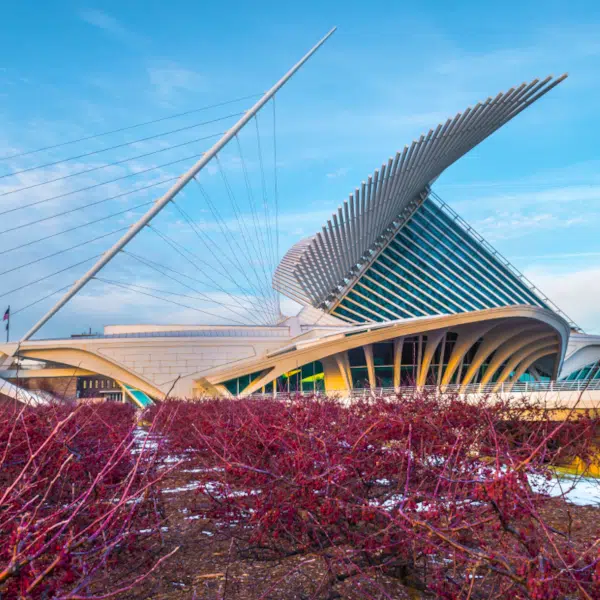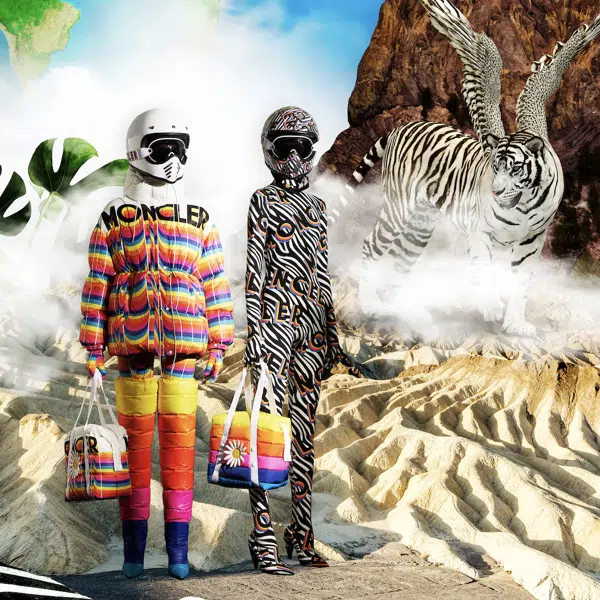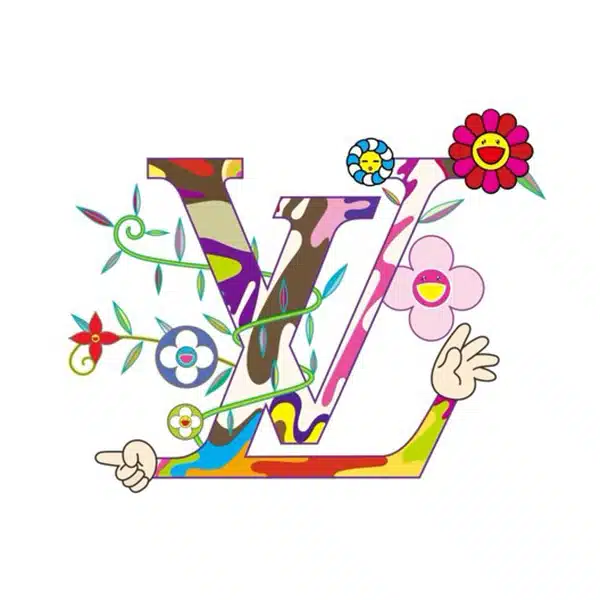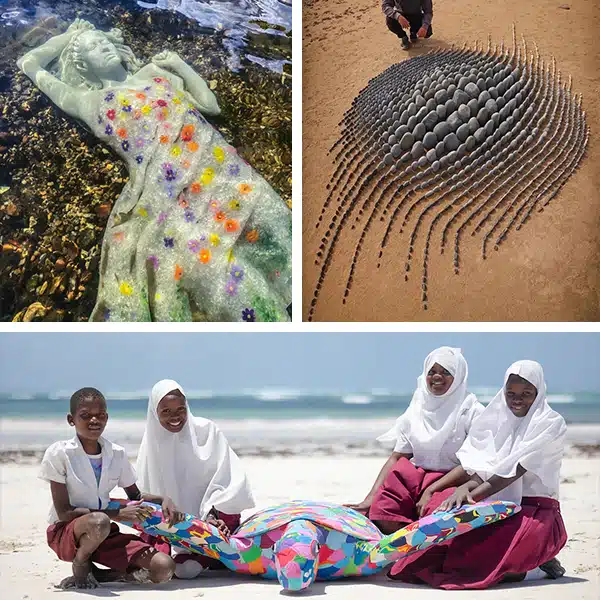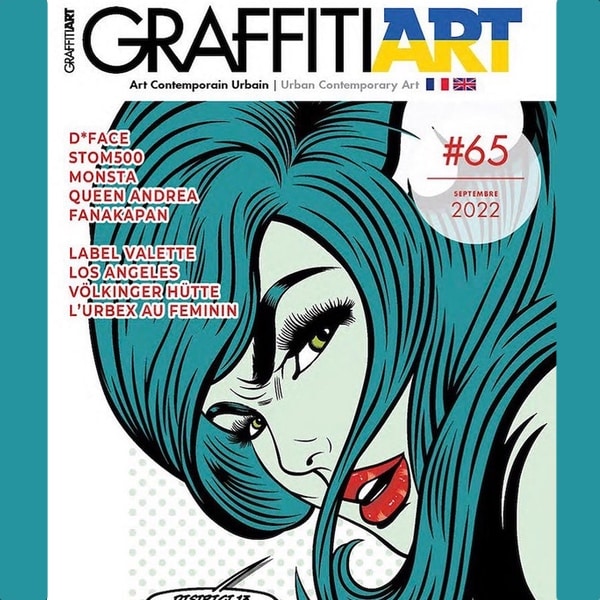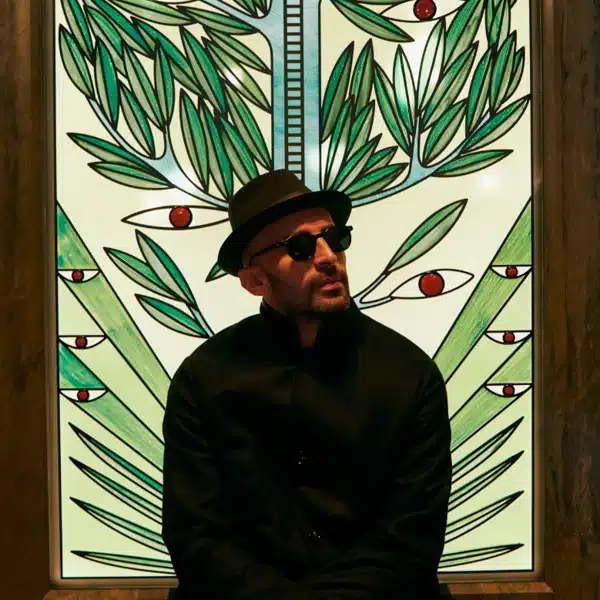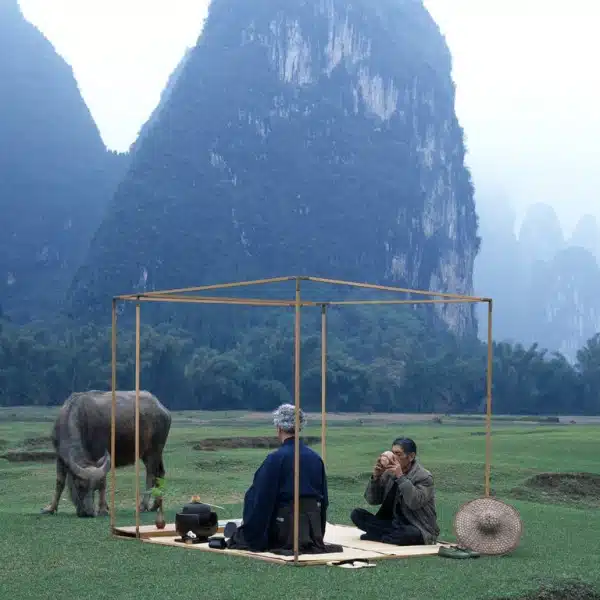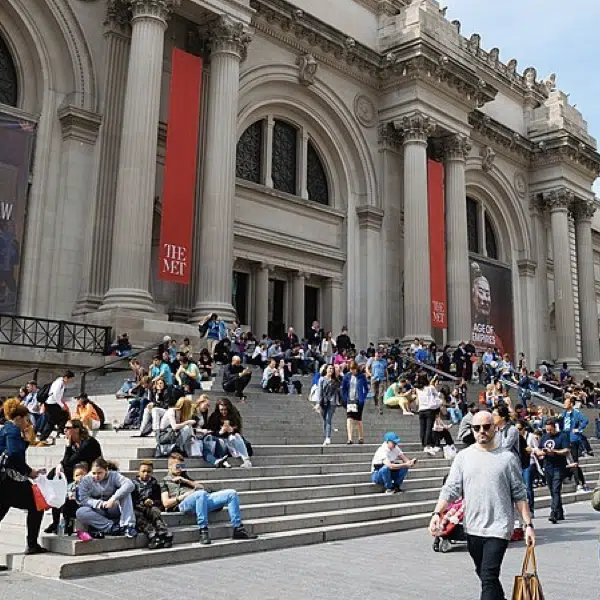Street artist JR made headlines when he was named the TED Prize winner in 2011. Through this new platform, he aimed to “use art to turn the world inside out,” a sentiment that was heard all around the globe through multiple international news publications who picked up the story and spread his message. This put art at the forefront of a social revolution, as nearly 200,000 people from more than 112 countries and territories have participated so far.
Although JR's artwork is always visually captivating, his series become much more powerful when you hear the stories behind them. He's very methodical in the way he approaches his craft, offering viewers a deeper, hidden meaning within each piece.
The artist's next big project will be premiering at Nuit Blanche Toronto, which takes place this October. Leading up to what's sure to be a stellar exhibition, we had the honor of interviewing the world-renowned street artist.
Faces 2 Faces

In your Faces 2 Faces series, portraits of Israelis and Palestinians who do the same job are strategically placed next to each other. Despite the risks, you went through with it. You asked if locals could differentiate which one was Israeli or Palestinian. You say that most people couldn't tell. Could you please elaborate on their reactions and what that meant to you?
The really interesting part is that as foreigners we could go on both sides at any time and paste portraits together. It's really important to stress that we pasted the two sides of the wall together. Another really interesting thing is that each population reacted the same way. They thought the other side would say “No” right away. And so they were really open with the idea.
When we started in Palestine, people were really open, and giving us wall space and their ladders. Even if they understood that one of those two portraits were their supposed “enemy.” And then when we would switch sides, they would say “of course you can do it, but I'm sure if you tried on the other side they would never let you do it.” And we said, “You know what? We've just come back from there. And they let us do it.” And for me that is the most important part of the project. Not the photos; if they're good photos or not; but are they well contrasted? The thing that is amazing is that this opened the minds of those that have closed vision towards people that they can't even get to know – because the context is set up so that they can't cross the wall and they can only see each other through the media. And just knowing that they both reacted and participated the exact same way that they did, makes them seem closer to each other.

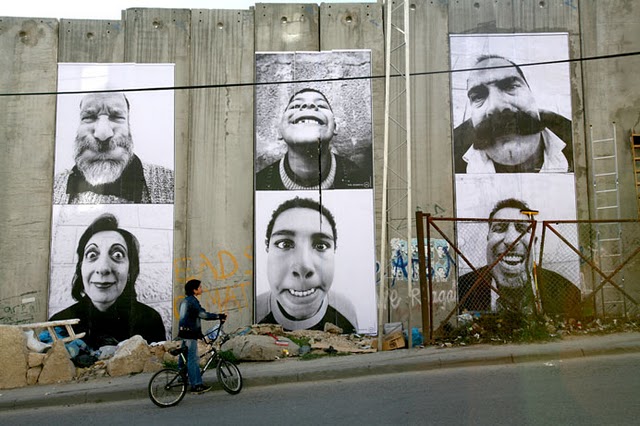

Women Are Heroes
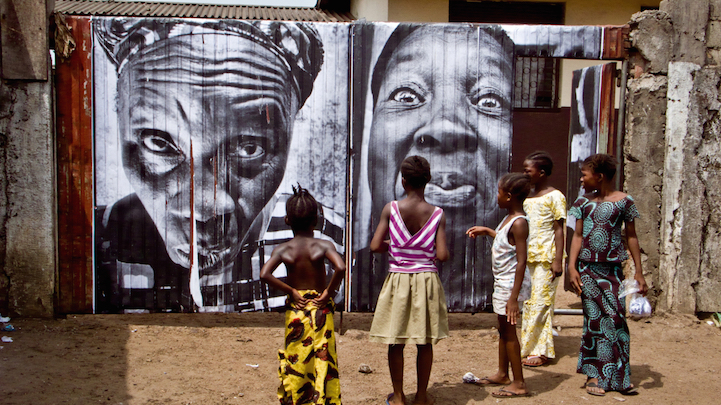
In Women Are Heroes, you pushed women into the spotlight, like in the favelas of Rio de Janeiro and Kenya. What inspired you to create this theme that celebrates women?
The whole project started after the Middle East where I realized that when I pasted in places where art in the streets is not present, and it's a conflict zone, you notice it is the men that run the streets. The men decide and control what is happening, even if the women are the pillars of their community and of the society. So I wanted to do a street project with portraits of women.
I knew that I would need the authorization of the men and even perhaps get their help. I knew that the project would work because the biggest buyer there were the men who control the streets and I wanted to get them involved in the project.


Wrinkles of the City
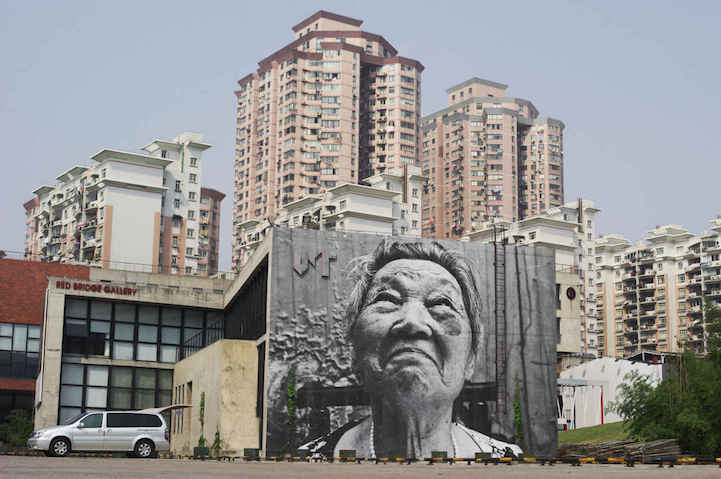
What did you learn most about people during your series Wrinkles of the City?
I've always been really close to old people. I grew up with old people – with my grandparents in the house and the neighbors. And I've always been curious to learn from older people from different countries, from different cultures, their generations, and the different contexts, because with certain age comes a certain wisdom.


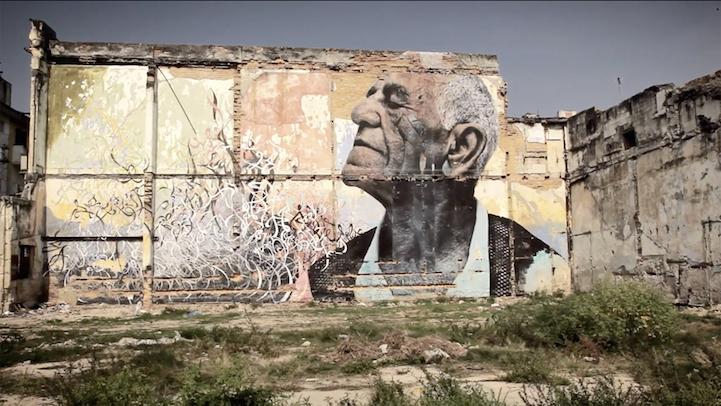
2011 TED Talk
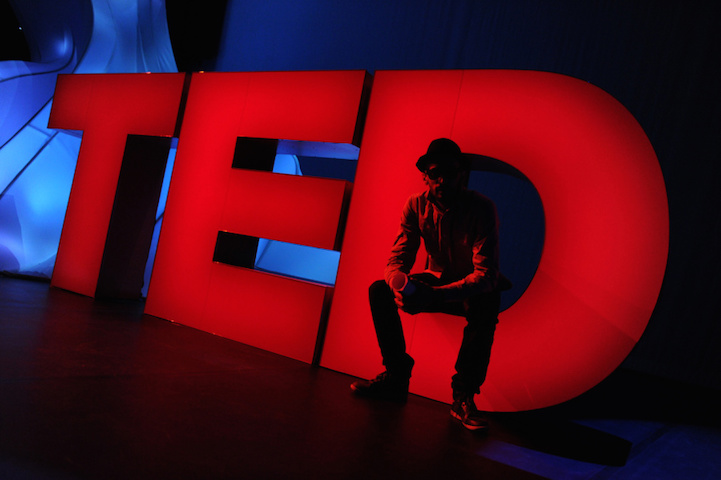
In 2011, you won the TED Prize with your “wish to change the world.” Your wish was to “use art to turn the world inside out.” What message would you give other artists who are also looking to change the world through art?
I think there is no such thing as art trying to change the world. But being an artist and creating art in tons of different contexts, no matter what the mood is and sometimes against the codes that stand around you, is a way of breaking society and changing the world – just by trying. And I think there is no purpose of art aiming for “success.” It's a constant trial and there will always be artists pushing the limits, and the limits will keep moving, and we'll keep pushing them.
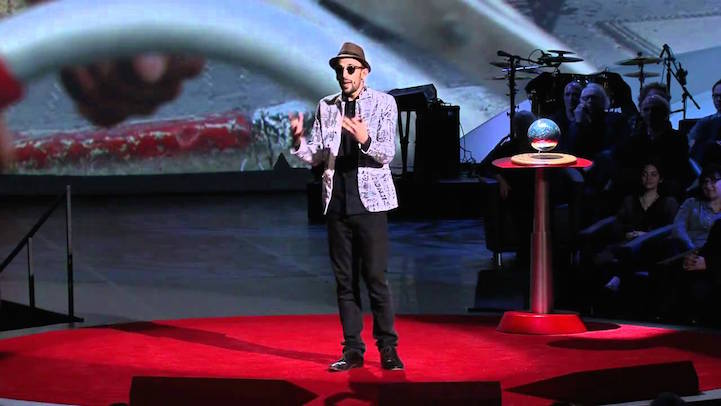
Inside Out

You officially launched Inside Out when you accepted your TED Prize. How is the project coming along? What does it represent to you?
Inside Out represents to me the freedom for people to express themselves visually, the way they want. Inside Out didn't invent anything. It just changed certain societal codes and it allowed people to engage in their community and express the way they felt.
It is local action for local people. That is something that I strongly believe in. And I'm always amazed to travel the world and discover actions in places I've never stepped a foot in.


You are a featured artist at Toronto's upcoming Nuit Blanche. What does the city represent to you and what enticed you to participate in the event?
In many of my projects in cities that I've never been to before, I discover the city as I walk through the streets. Even if I've only visited Toronto a couple times, I will have a special experience from engaging with the people of Toronto, with the thousands of people there. For me, this is the best way to engage with the culture and discover a city. I chose to participate in Toronto's Nuit Blanche because the city opened up its most political space for me to transform and because of the diversity of the people in Toronto, being from all walks of life.
Thanks for the interview, JR! Be sure to check out his work at Nuit Blanche Toronto on October 3, 2015!
JR: Website | Facebook | Instagram | Shop
Nuit Blanche Toronto: Website












































































